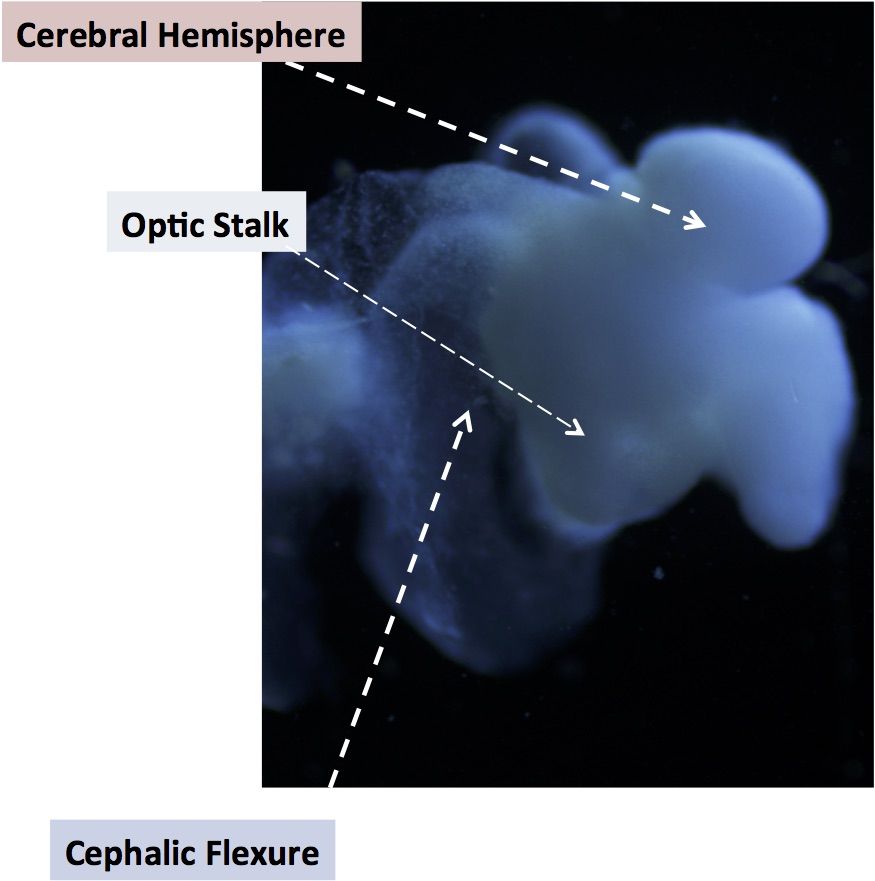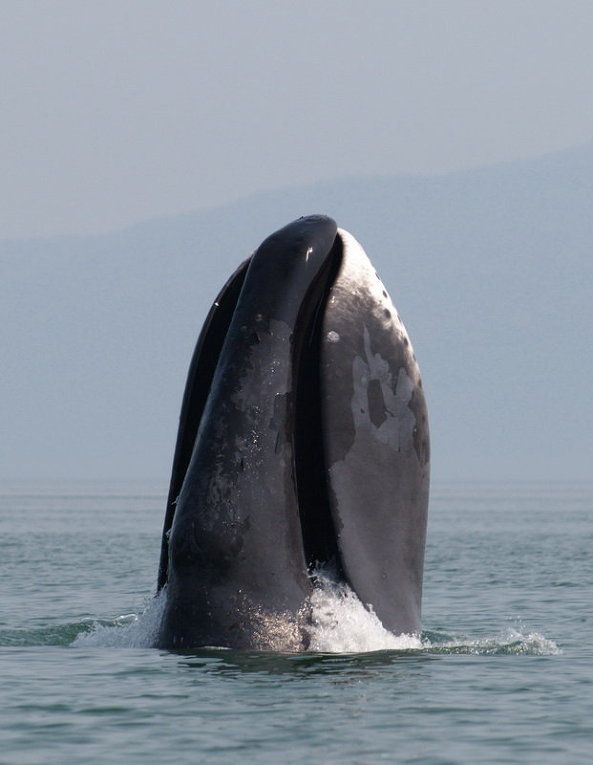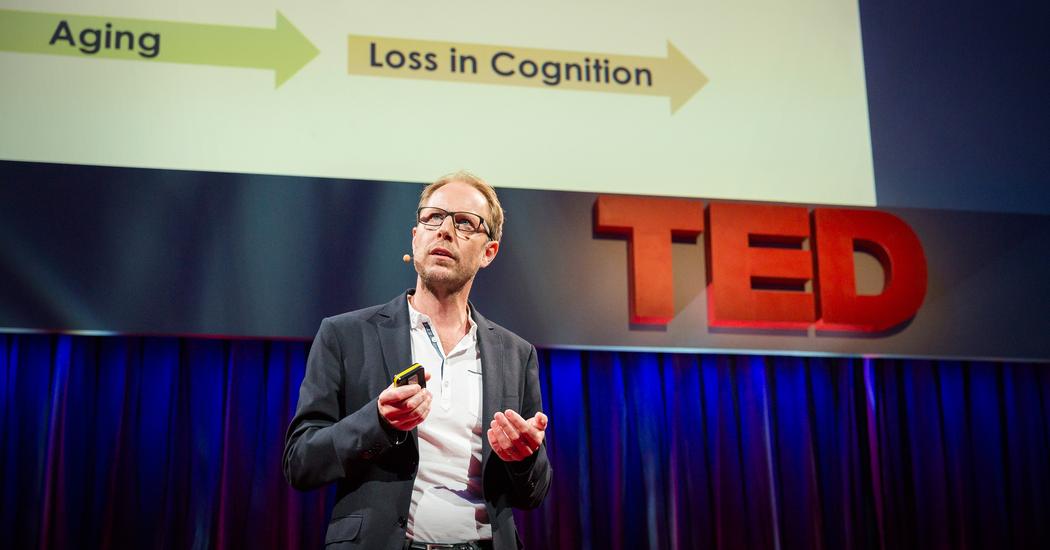A new article from The Daily Dot on transhumanism and my campaign:
The Daily Dot is the hometown newspaper of the World Wide Web, reporting on Reddit, YouTube, Facebook, Twitter, Pinterest, and more.

A new article from The Daily Dot on transhumanism and my campaign:
The Daily Dot is the hometown newspaper of the World Wide Web, reporting on Reddit, YouTube, Facebook, Twitter, Pinterest, and more.

Stem cells are a daily feature of science news nowadays and related fields are creating an astonishing array of advancements within regenerative medicine. Unfortunately unlesss you have a scientific background the differences between types can be terribly confusing. We are here to help.
The term stem cell can encompass:
It’s not every day you get to sit down and have a one-on-one conversation with a United States presidential candidate, let alone one who is also a Transhumanist. TechEmergence recently had the opportunity to do just that during an interview with Zoltan Istvan, the 2016 presidential candidate for the newly formed Transhumanist party and author of the 2013 published The Transhumanist Wager.
If you follow the emerging trends in artificial intelligence, then you have already likely heard of “Transhumanism.” Oxford’s Nick Bostrom, in his 2003 book Ethical Issues for the 21st Century, defined Transhumanism as “a loosely defined movement…that promotes an interdisciplinary approach to understanding and evaluating the opportunities for enhancing the human condition and the human organism opened up by the advancement of technology.”
This philosophy could be a turning point in human evolution. But like all great movements, this one is seemingly slow to pick up a serious following (though perhaps in retrospect, we will comment on how quickly this direction moved society forward). Regardless, Zoltan Istvan is determined to usher in this transitional philosophy as a political player and advocate for human enhancement.
How do you get the populace, and other governments, to listen to ideas that, by mainstream standards, buck tradition and fall on the extreme side of the socially-acceptable spectrum?
Extending human life to hundreds of years, genetic enhancements to prevent disease or enhance human senses or mental capacities, and the potential to “back up” our memories (or our consciousness itself) — these are not “normal” American political concerns — but they’re regular topics of debate among Transhumanists.
There never seems to be an easy answer. As terrible as the idea is in its ramifications, society at large is prone to those life-changing moments in history, the “Pearl Harbor moments”, which seem to evoke the most devastating and poignant calls to action on a grand scale. With the ominous discussions that have been taking place around AI recently, we can only bite our nails at the thought of an AI-induced tragedy – one from which we may not be able to recover. Istvan aims to bring the topics of AI, biotechnology and human enhancement to the forefront of public consideration in order to guide the technology for good, before it “goes rogue.”
“Transhumanism is slowly starting to engulf everyone, it’s part of an exploding interest”, remarks Zoltan. “We’ve been talking life extension, bionic arms, telepathy for a while, but for most of the last 50 years it was sci-fi…but over (the last) 48 months many people have crossed over and said, this is real now.”
Indeed, all of these technologies – telepathy included – are a part of our present and near-future realities (or are at least being actively researched). Life extension is one of the most talked about crossovers. Istvan has a distinct philosophy on this issue. “150,000 people a day die. I think that’s completely needless. I think if we have the proper technology…increased development of life extension technologies…would be able to save huge amounts of people over a decade,” a number that would likely equate to hundreds of millions of lives.
Zoltan comments on the promotion of “productive life hours, happy life hours”. He explains that part of the Transhumanist mission is trying to get people to understand that dying is not a good thing, to overcome what he sees as a history of being “trained to die”. Benjamin Franklin certainly spoke a relative truth when he commented that the only things certain in life are “death and taxes”. While we may not be close to escaping taxes, perhaps death can, in time, be conquered to a great extent. With investment in the right technology, society might soon be able to expand life spans to 120 or even 150 years.
The investment required is substantial. One of Istvan’s main agendas is in trying to convince people that the life extension initiative is more important than “buying trinkets at Walmart”. In other words, we need to move from being a complacent, ever-present society to being a proactive, forward-thinking one in order for life-extension technology to advance.
To be sure, there are a number of billionaires interested in living indefinitely, but what does that mean for the rest of us? Would the common person ever be able to afford such “extensions”, or would these technologies become advanced and cheap enough in time that they become the norm for almost all? Whether we like it or not, Istvan insists the shift towards this technology is already happening. The Transhumanist party was formed to try and make that shift quicker.
Zoltan is so confident in the output of potential investment that he is advocating for one trillion dollars in life-extension science (he remarks that the worlds’ governments’ net worth is 400 trillion total, though this number could not be verified). “I’m sure we can change the industry,” Istvan comments, “governments are just not interested (now) in keeping people alive…it’s a true tragedy.” Harkening to the importance of life extension many times in the recent full interview, it became evident as one of the major thrusts of his initiatives as an aspiring president.
Technology flits by right under our noses as we stare into our mobile phones, yet the far-reaching ideas of its evolving presence are scary. Tinkering with the human condition is…well, scary. Istvan recognizes these very normal fears, but he is leading a party and movement that emphasizes the overwhelming benefits that technology can offer, particularly in the area of human enhancement.

As regenerative medicine expands, our ability to engineer organs is growing with it. Researchers can now grow a number of so called ‘organoids’ — mini-organs which can teach us more about developmental biology and enable vastly improved testing. In the latest addition to the bunch, a team from Ohio State University has successfully engineered the most complete model yet of a human brain, with a similar maturity to a 5 week old fetus.
Containing 99% of the genes present in the human fetal brain, and about the size of an eraser, the organoid was developed from transformed adult human skin. This method could allow more ethical and precise clinical trials, both speeding up and enabling more rigorous, personalized testing. As animal testing frequently fails to predict varied human responses, these organoid models offer an alternative approach which could revolutionize clinical trial methodology.
“It not only looks like the developing brain, its diverse cell types express nearly all genes like a brain. We’ve struggled for a long time trying to solve complex brain disease problems that cause tremendous pain and suffering. The power of this brain model bodes very well for human health because it gives us better and more relevant options to test and develop therapeutics other than rodents.”

Checkout the latest Longevity Reporter Newsletter (22nd August, 2015), covering this week’s top news in health, aging, longevity.
This week: An Entire Nervous System Captured On Film; 10 Enduring Health Myths, Debunked By Science; Peto’s Paradox: Why Don’t Larger Animals Get Cancer More Often?; Antioxidants: Separating Myth From Reality; And more.

If cancer is predominantly a random process, then why don’t organisms with thousands of times more cells suffer more from cancer? Large species like whales and elephants generally live longer, not shorter lives, so how are they protected against the threat of cancer?
While we have a great deal more to learn when it comes to cancer biology, the general belief is that it arises first from mutation. It’s becoming clear it’s actually an incredibly complicated process, requiring a range of variable factors such as mutation, epigenetic alteration and local environment change (like inflammation). While some students may have spent sleepless nights wondering how many mutated cells they contain after learning the fallibility of our replication mechanisms, the reality is that with such an error rate we should all be ridden with cancer in childhood — but we’re not. Our canine companions sadly often succumb around their 1st decade, but humans are actually comparatively good at dealing with cancer. We live a relatively long time in the mammal kingdom for our size and even in a modern environment, it’s predominantly an age-related disease.
While evolution may have honed replication accuracy, life itself requires ‘imperfection’ to evolve. We needed those occasional errors in germ cells to allow evolution. If keeping the odd error is either preferable or essentially not worth the energy tackling when you’re dealing with tens of trillions of cells, then clearly there is more to the story than mutation. In order to maintain a multi-cellular organism for a long enough period, considering that errors are essentially inevitable, other mechanisms must be in place to remove or quarantine problematic cells.

Tony Wyss-Coray studies the impact of aging on the human body and brain. In this eye-opening talk, he shares new research from his Stanford lab and other teams which shows that a solution for some of the less great aspects of old age might actually lie within us all.
Lifespan.io is running a SENS fundraiser to aid research into Mitochondrial repair. This is a new fundraiser platform to help get important regenerative medicine research funded and underway. Let us hope this is the start of how research could be funded and that it opens up faster progress.
Engineering backup copies of mitochondrial genes to place in the nucleus of the cell, aiming to prevent age-related damage and restore lost mitochondrial function.

Ever since the free radical theory of aging was conceived in the 1950s, antioxidants have been a buzzword in health — saturating the cosmetic industry and contributing to a smoothie blending, supplement popping boom.
Ever since the free radical theory of aging was conceived in the 1950s, antioxidants have been a buzz word in health — saturating the cosmetic industry and contributing to a smoothie blending, supplement popping boom. While antioxidants can certainly play an essential role in health, there is growing evidence that additional supplementation has limited benefit and can actually be harmful in some cases.
Aging has yet to be ascribed to one, singular cause and the free radical theory has struggled to prove itself. While in some organisms reducing oxidative stress can prove beneficial and increasing mitochondria targeted catalase (an important antioxidant enzyme) production in mice showed a modest increase in lifespan, when important enzymes were knocked out in C. elegans (a model organism) there was curiously no reduction and reducing expression of various antioxidant mechanisms in mice also failed to reduce lifespan. While a certain amount of vitamins and antioxidant intake is necessary, as many are co-factors in essential reactions, it seems that aside from nutritional value there is little consensus regarding additional benefits.